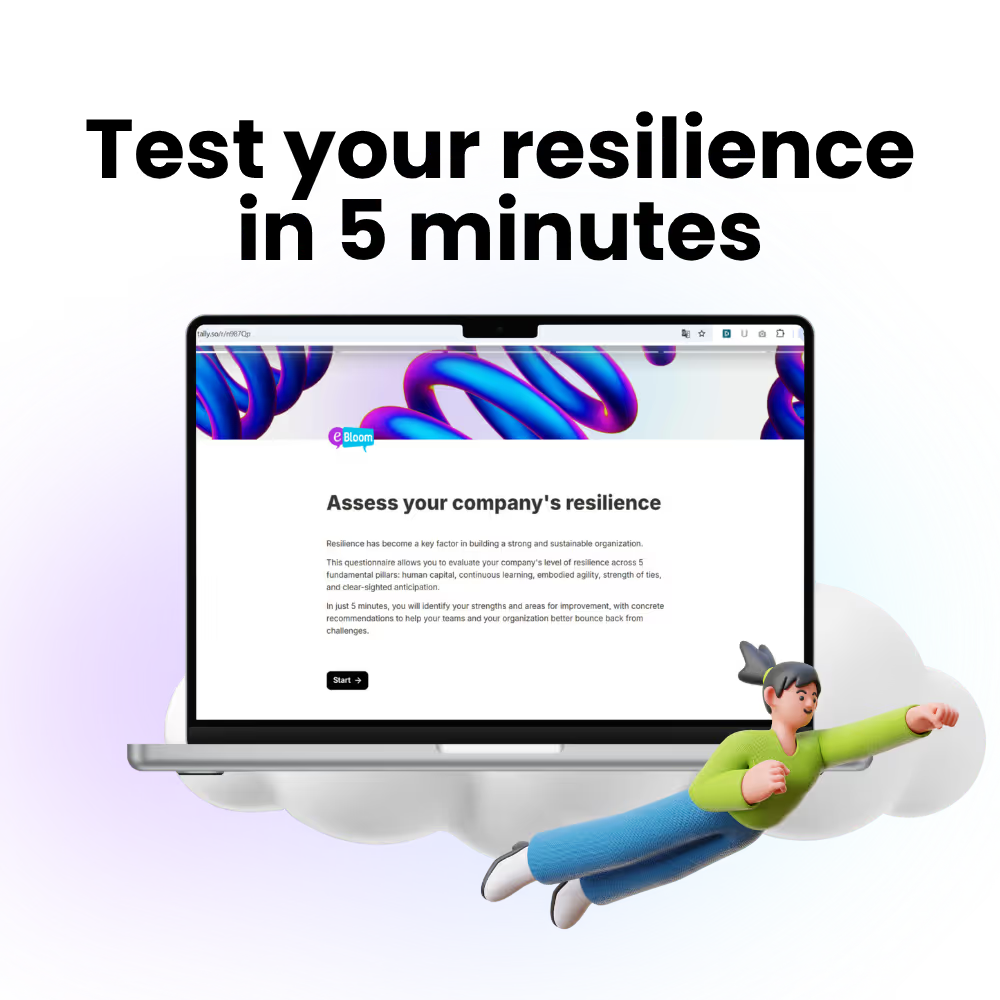
In recent years, workplace resilience has become a buzzword in HR strategies. Stress management workshops, mindfulness training, well-being programs…
The problem? Most of these initiatives focus exclusively on the individual.
The result: employees are asked to “cope” within a system that remains unchanged.
A recent systematic review published in BMC Public Health (2025) confirms this trend: the majority of measured interventions target personal skills only (e.g., stress management, mindfulness, self-compassion), with few integrating organizational change.
According to ISO 22316, organizational resilience is:
“The ability of an organization to anticipate, absorb, and adapt to disruptions, through engaged leadership, an adaptable culture, seamless information flow, proactive risk management, and continuous improvement.”
In practice, this means:
Yet the study published in BMC Public Health (2025) highlights a mismatch:
This imbalance creates a paradox: employees’ capacity to adapt is strengthened, but the system generating the pressure remains the same.
Relying solely on individual resilience poses three risks:
At eBloom, we believe sustainable resilience is not just a mindset; it’s a system that:
This is where the organizational approach becomes essential: aligning collective practices with individual development.
Training employees to “cope” is useful, but not enough.
Organizations that emerge stronger from crises work on two fronts: developing people and evolving systems.
This combination transforms workplace resilience from an individual reflex into a sustainable collective asset.
What’s the difference between individual and organizational resilience?
Individual resilience relies on an employee’s personal resources. Organizational resilience also involves the company’s processes, culture, and structure.
Why is the human + digital mix more effective?
Because it combines the strength of human interaction with the consistency, traceability, and automation of digital tools. The result: time saved on repetitive tasks, allowing focus on high-value actions.
How can workplace resilience be measured?
Through indicators of collective sentiment, workload, satisfaction, and performance, combined with qualitative feedback.

.avif)



